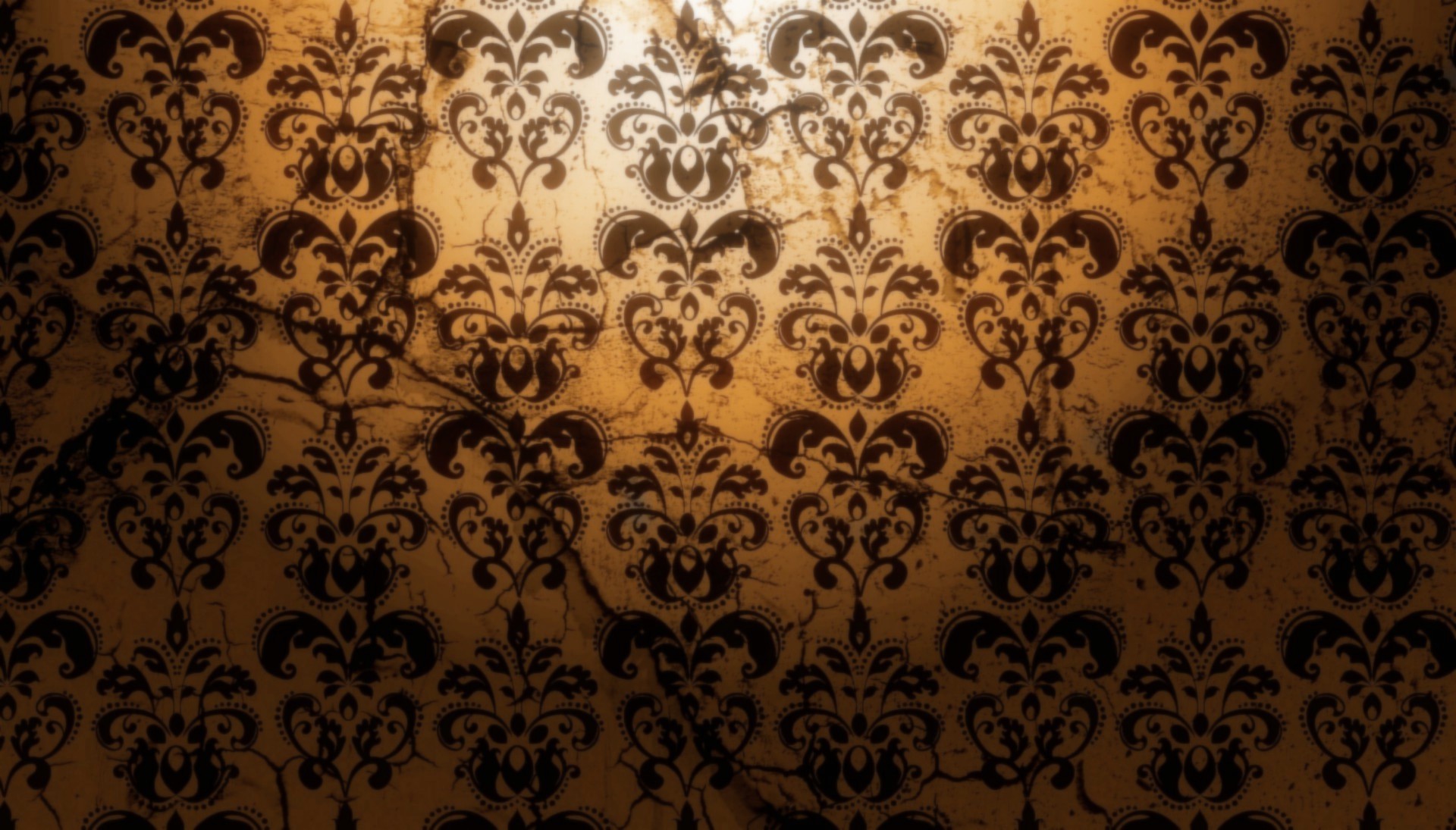/ 15,000 galaxies in one image /
.

Audio Player
.
Early in Hubble’s mission, there was scanned a patch of sky for 10 days to collect 342 separate images. When assembled, they became the now-famous Hubble Deep Field. NASA has updated this iconic image over the years as the telescope became more powerful and it’s doing so again. Hubble may be inching toward obsolescence with the upcoming launch of the James Webb Space Telescope (JWST), but it’s still producing amazing images. The newest panoramic view of the universe shows more galaxies than ever before.
A whopping 15,000 galaxies of which 12,000 of them are star-forming clusters.
The original Deep Field image had a total of 3,000 galaxies and the later 2003 Ultra-Deep Field bumped that number up to 10,000. About the same number appeared in the eXtreme Deep Field (XDF) from 2012. The new mosaic image covers an area about 14 times larger than that of the XDF.
The image contains objects as they existed up to 3 billion years after the Big Bang. It’s an exceptionally detailed view of the universe because it comes from the Hubble Deep UV (HDUV) Legacy Survey. The final image contains data from infrared up through ultraviolet. Most ultraviolet light is filtered out by Earth’s atmosphere, so you can really only do these observations in space. Hubble also has a sensitive infrared capability, and many of the most distant objects are only visible in infrared because of the redshift from the expansion of the universe.
Simply admire it:

 Full image together with the farthest away galaxy ever detected — GN-z11
Full image together with the farthest away galaxy ever detected — GN-z11
This image is one of the most comprehensive yet of the history of the evolution of the universe, presenting galaxy light coming to us over a timeline up to those 11 billion years. The image was released last week by NASA and supports an earlier paper in The Astrophysical Journal by Pascal Oesch of Geneva University and a large team of others. And it shows, yet again, the incomprehensible vastness of the forest in which we are a tiny leaf. Some people apparently find our physical insignificance in the universe to be unsettling. I find it mind-opening and thrilling — that we now have the capability to not only speculate about our place in this enormity, but to begin to understand it as well.
The farthest away galaxy discovered so far is called GN-z11 and is seen now as it was 13.4 billion years in the past. That’s just 400 million years after the Big Bang. GN-z11 is surprisingly bright infant galaxy located in the direction of the constellation of Ursa Major. A look these deep space images raises the question of how many of them also house stars with orbiting planets, and the answer is probably many of them. All the exoplanets identified so far are in the Milky Way, except for one set of four so far.
As these images make clear, the number of planets that exist or have existed in the universe is essentially infinite. That no others harbor life seems near impossible.
 Galaxy formation chronology, showing GN-z11 in context.
Galaxy formation chronology, showing GN-z11 in context.
Hubble spectroscopically confirmed the farthest away galaxy to date.
OTHER CONCEPTS





